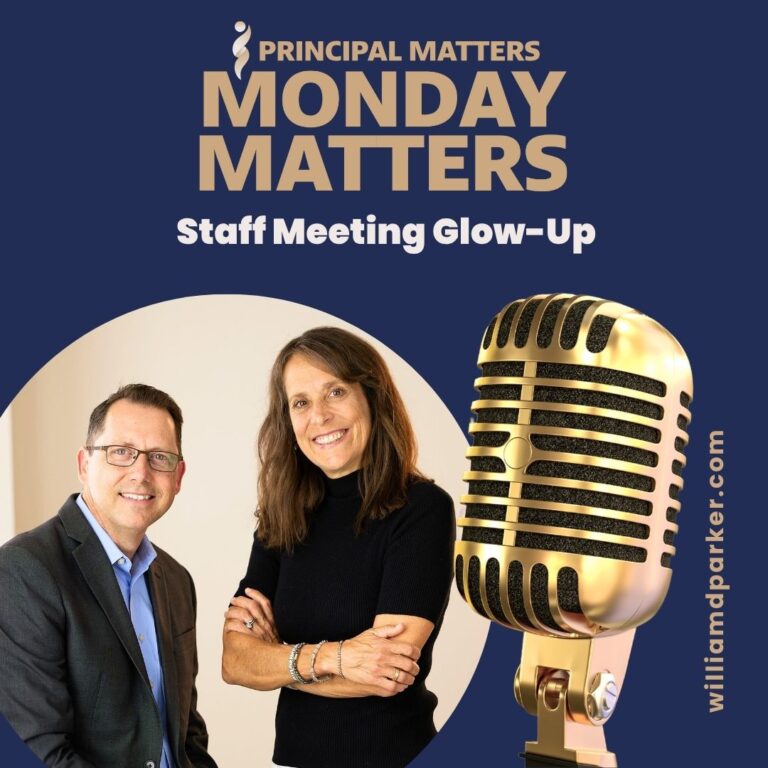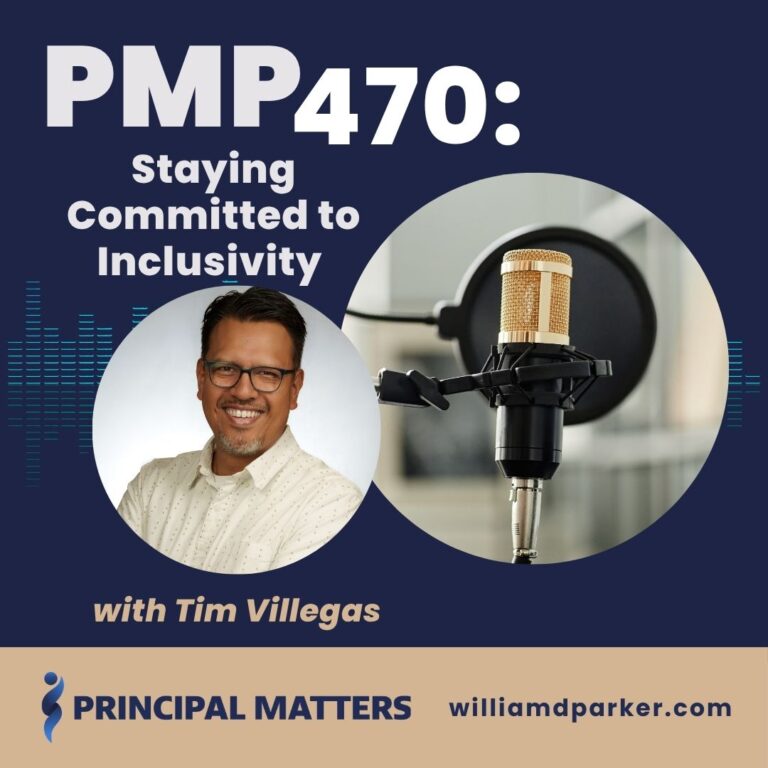Podcast: Play in new window | Download
When my family recently visited the Rocky Mountain National Park, we enjoyed drives through snow-peaked mountains.

But my 13-year old son, Jack, was most excited about hiking and climbing. One morning, we gathered the family by Shadow Mountain Lake, and began a hike along the lake that eventually led to a 3-mile ascent to a lookout tower on the summit of nearest mountain.
At first, we were excited and full of energy. But as we climbed, the ascent became more difficult. Soon we were stopping for breaks, and at times, I began wondering if the climb was really worth it. At times, we were so tired, no one was talking as we trudged up the hills — sweating and panting as we climbed the steeper inclines. But when we reached the top, it was so worth it. Spread below us was a panaroma of mountains and lakes. We sat down and soaked in the beauty. Soon we were laughing, taking photos and making new memories.
Whenever I think about school-wide changes, I like to remember the lessons of a long hike. Most changes begin with a vision of the end-goal in mind. You gather your team, your map out plans, and you begin implementation. But along the way, people begin to push-back or resist. Others may grow tired or overwhelmed. Some may decide they don’t want to participate any longer. But if you can help others reach successful destinations, the hard work is worth it.
How do you lead and manage changes so that your school community can reach the goals you set together? This week, author and principal Jen Schwanke serves as co-host as we discuss several takeaways for school leaders to keep in mind for implementing and managing school-wide changes:
Introducing and Managing School-wide Initiatives or Change
1. Slow down and take the time making sure the change is necessary.
Before you can lead anyone through the change, you must first answer this important question: “What problem are we actually trying to solve here?” If there is no problem, don’t introduce change just for the sake of change. People must know the “why” involved in change.
2. Be careful of introducing too much change.
If possible, start conversations about change the year before they will happen (if possible). Your teachers and staff already have a lot on their plats. So start small. Include teachers or interested team members in exploring change, taking teachers on trips to see models that work, and anticipate how to mediate the anxiety others have with change. When possible, beta-test or pilot models in small groups or in isolated settings before fully implementing.
3. Find what your school needs vs. what you have seen/heard from others.
If you are reading books, attending conferences, or visiting with other schol leaders, you may be tempted to want to adopt every great practice you observe. Before introducing change, however, anticipate mindsets. People like to feel like they’re coming home after summer break. So Introduce change in small ways. Find those on your team who can help lead change, rather than trying to lead change alone. And as you do so, hold on to the meangingful practices in your school that already work and your school community already enjoy.
4. Anticipate resistance.
In Brene Brown’s book, Rising Strong: How the Ability to Reset Transforms the Way We Live, Love, Parent, and Lead, she teaches that the second day is the hardest when learning something new. In other words, you should anticipate high energy at the beginning, followed immediately by resistance. Likewise, Brit Andretta, in her book Wired to Resist: The Brain Science of Why Change Fails and a New Model for Driving Success, shares research that shows how the human brain is biologically wired to become anxious or stressed when any change is introduced — even good changes. So don’t be surprised by resistance. Instead create a plan that includes touch-points for your team to reflect, regroup, and celebrate along the way.
5. Beta-test or pilot ideas.
Another way to manage the resistance involved with change? Beta-test or pilot ideas first. Create small models or schedules and practice implementation before implementing school-wide. For instance, when my high school team wanted to introduce a new remediation schedule, we created models the spring semester before we planned to implement in the fall. In the spring, we set up two separate days to practice those models with students and teachers. We asked for feedback so we could edit those models and choose which one might work best.
6. Learn the art of implementing “outside” changes.
What happens when change is given to you? Most school leaders work in states or districts where many changes are mandated. If you are managing change that you “do not own,” remember you are being paid as a professional. As you do your duty in introducing change from “outside” your school, ask yourself how you can help your team “own” the change. Gather others to help brainstorm ideas for implementation. Build consensus and provide feedback on what is working or is not working. In the end, leading “outside” or “inside” changes requires many of the same strategies.
Let’s Wrap This Up
When I think back to our mountain climbing, I have a lot of great memories of the time together. But not all journeys lead to happy endings. You can choose, however, your attitude during the journey. If the goal in school leadership is stronger student outcomes or school improvement, you must continue growing. Growth is hard. But it’s worth it. And as a leader, you will often set the tone for the attitude others will have in the journey with you.
Now It’s Your Turn
What are some new changes you would like to see implemented in your school community? Who can you gather together to help brainstorm, plan, and test those ideas? What are some former unproductive practices that can be removed to make way for more important ones? How can you beta-test ideas before fully implementing to gather feedback and perspective?
Sign-Up For Free Updates and Ebook
You can automatically receive my newest posts and a free Ebook, 8 Hats: Essential Roles for School Leaders. Let’s keep learning together!




